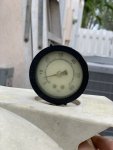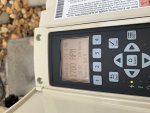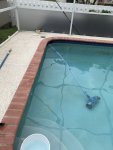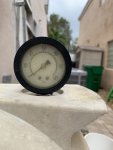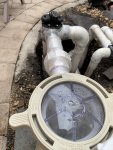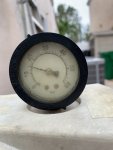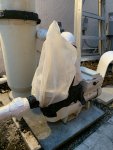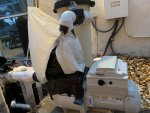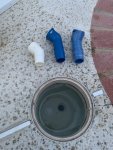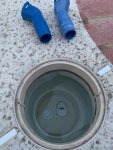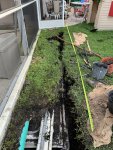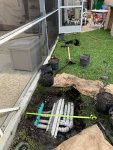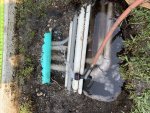Just found this thread. Sorry I missed it.
First off I must say, as a professional with 25 years of experience, well done sir. I have known only a few people who have such troubleshooting ability. I applaud your ingenuity.
And unless you failed to mention the large puddle around your pump after you left it off, which I seriously doubt, you are correct in your diagnosis. You have a suction leak in the skimmer line.
I have encountered several of these at the skimmer fitting itself. When the backfill settles (every pool builders nightmare) it drags down on the pipes. Pvc is semi-flexible side to side, but it does not stretch. The material of the skimmer is quite thin compared to the pvc walls, and the glue may or may not be srong enough to hold. So it either lets go at the glue joint (if they poured or shot under the skimmer), or it cracks out at the skimmer bottom around the glue fitting.
That may or may not be what you have going on. I have used the "giant stethoscope", as well as a few other means of leak detection, and can tell you that leaks can happen anywhere for any number of reasons. But this one is easy to find and easy to fix, so worth checking out.
It should leak minutely when the pump is off, so a dye test in the skimmer will reveal it. The dye should go outside of the pipe, if it goes inside the pipe your problem is farther back and you need to pressure test. But if this is your problem you will pass a pressure test with the skimmer plumbed as you describe.
A scrap of emery cloth and some epoxy will fix it up until it settles more and breaks again. Or you can dig out and replace the skimmer... but most people choose epoxy for some reason.
Sorry for the book, covid-boredom setting in.


